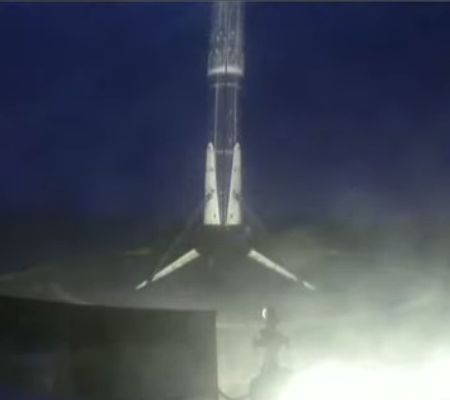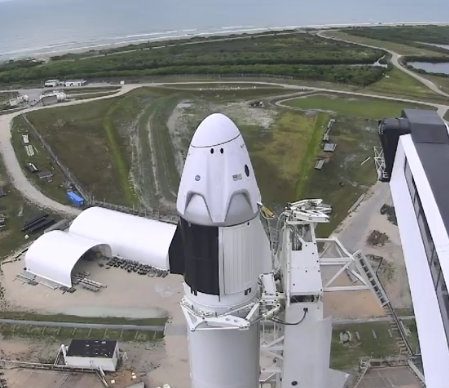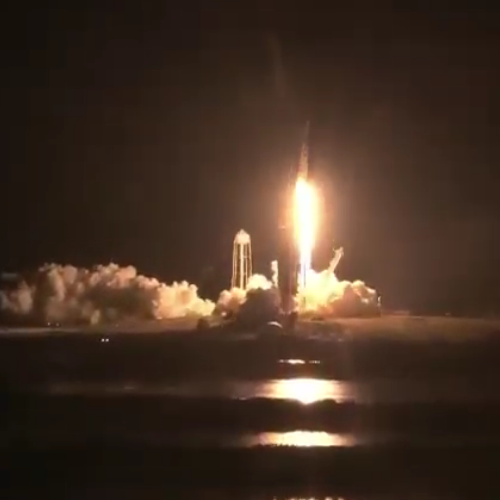SpaceX delays all launches while it investigates failed booster landing
Capitalism in space: In order to investigate the failure of the first stage to land successfully during the last Starlink satellite launch on February 15th, SpaceX has paused all further launches, with an expected delay overall of one to two weeks before launches resume.
Analysis by Scott Manley suggests during the re-entry burn (as the 1st stage re-entered the atmosphere) one of the engines had issues, causing the booster to break-up shortly before it hit the ocean.
When SpaceX was first attempting to land its first stages, the boosters would routinely crash, and the company would not slow its launch schedule because the boosters had still functioned as expected during launch. Nor was anyone disturbed by those failures nor did anyone expect SpaceX to pause further launches.
Things are different now. We have a high expectation that a Falcon 9 engine will relight and work every time, all the way back to its landing pad. Any failure later in the flight, even if the rocket got the payload into orbit, raises questions that must be answered. Hence the delay in further launches.
Overall, this higher expectation of success is a good thing. It says that we now expect rockets to be able to land successfully. And getting this problem fixed will only increase the chances that they will do so more reliably in the future.
Capitalism in space: In order to investigate the failure of the first stage to land successfully during the last Starlink satellite launch on February 15th, SpaceX has paused all further launches, with an expected delay overall of one to two weeks before launches resume.
Analysis by Scott Manley suggests during the re-entry burn (as the 1st stage re-entered the atmosphere) one of the engines had issues, causing the booster to break-up shortly before it hit the ocean.
When SpaceX was first attempting to land its first stages, the boosters would routinely crash, and the company would not slow its launch schedule because the boosters had still functioned as expected during launch. Nor was anyone disturbed by those failures nor did anyone expect SpaceX to pause further launches.
Things are different now. We have a high expectation that a Falcon 9 engine will relight and work every time, all the way back to its landing pad. Any failure later in the flight, even if the rocket got the payload into orbit, raises questions that must be answered. Hence the delay in further launches.
Overall, this higher expectation of success is a good thing. It says that we now expect rockets to be able to land successfully. And getting this problem fixed will only increase the chances that they will do so more reliably in the future.




